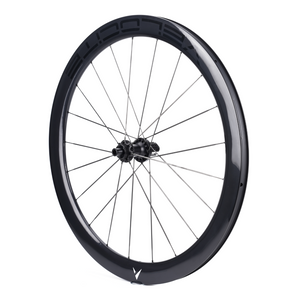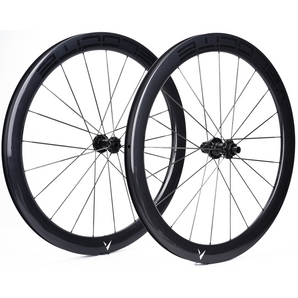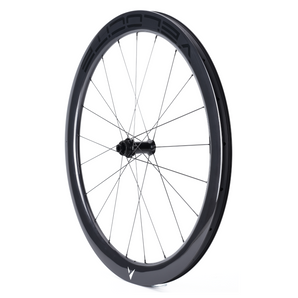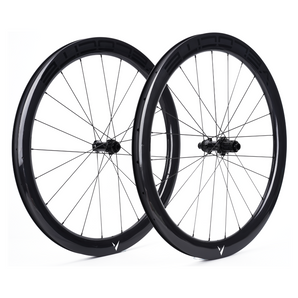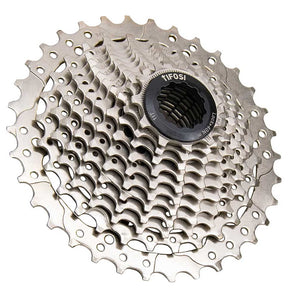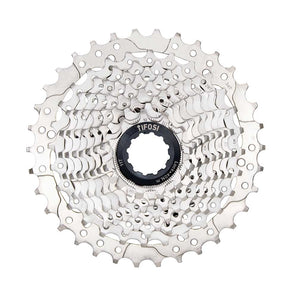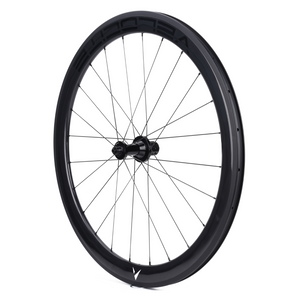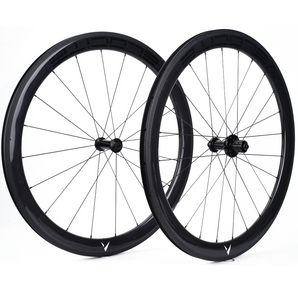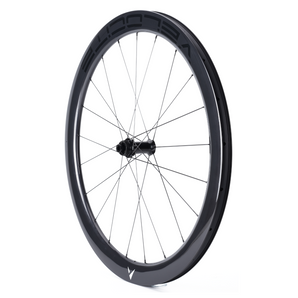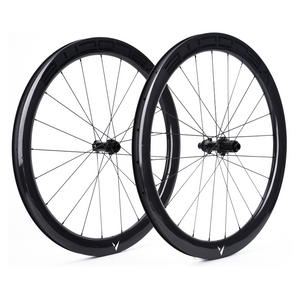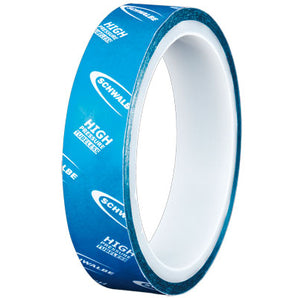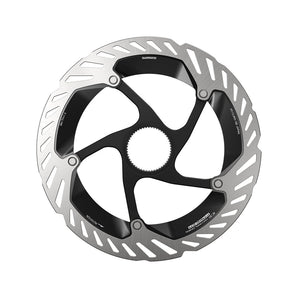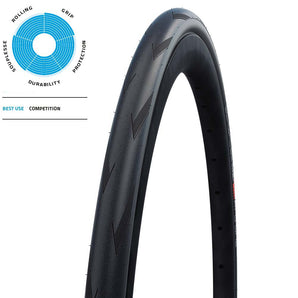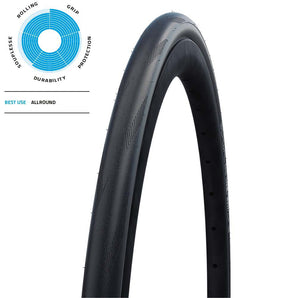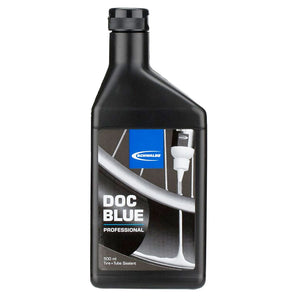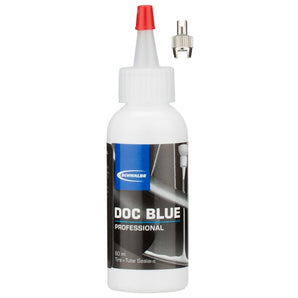As a road cyclist, few things are more frustrating than a flat tire, especially when you're miles from home or in the middle of an intense ride. Punctures are a common inconvenience for cyclists, but the good news is that with a little knowledge and the right precautions, you can significantly reduce your chances of getting one. In this blog, we’ll explore the most effective ways to avoid road bike punctures and ensure a smoother, more enjoyable ride.
1. Choose the Right Tyres for Your Ride
Your tyre choice plays a significant role in preventing punctures. Not all road bike tires are created equal, and some are more resistant to flats than others. Here are a few tips for choosing the best tires to minimise puncture risks:
- Puncture-Resistant Tires: Look for tires with built-in puncture protection. These often have an extra layer of Kevlar or other durable materials beneath the tread to defend against sharp objects like glass, nails, or thorns.
- Tire Width: Wider tires (28mm and above) generally provide more cushioning and are less likely to pinch, especially on rough or uneven surfaces.
- Tires with a Harder Rubber Compound: Some tires are designed with a harder rubber compound on the tread, making them more resistant to punctures.
2. Check Tire Pressure Regularly
Under-inflated tires are more prone to punctures, as they increase the risk of pinch flats (when the tire is pinched between the rim and an obstacle). On the other hand, over-inflated tires can increase the likelihood of the tire bursting when hitting a sharp object. Aim to keep your tires inflated within the recommended pressure range, which can usually be found printed on the side of the tire.
- Use a Reliable Pressure Gauge: A good-quality pressure gauge will help you monitor your tire pressure accurately. Keep in mind that tire pressure can fluctuate based on temperature, so check your tires before each ride.
- Inflate Tires in the Morning: Tire pressure tends to drop slightly overnight. If possible, inflate your tires in the morning before you go for your ride to ensure they’re at the optimal pressure.
- Use our custom made tyre calculator! Use here

3. Inspect Your Tires Before Each Ride
Before heading out, take a few minutes to inspect your tires for any visible damage, such as cuts, punctures, or embedded debris. If you spot any issues, it’s better to replace or repair the tire before you start your ride. This simple check can prevent larger issues from developing during your ride.
- Look for Sharp Objects: Remove any sharp objects like small pieces of glass or nails that may have embedded themselves in your tires. Even small pieces can cause a puncture if left unchecked.
- Check for Wear and Tear: Regularly inspect your tires for signs of wear, such as thinning tread or exposed casing. Worn tires are more susceptible to punctures, so replacing them periodically is crucial.
4. Avoid Riding Over Hazardous Objects
While it’s impossible to avoid every hazard, there are certain situations and areas that are more likely to cause punctures. Here are a few tips to reduce your risk:
- Stay Clear of Glass and Debris: Be cautious when riding near construction zones, busy streets, or areas with litter. Glass, metal debris, and nails are common culprits for causing flats.
- Watch for Thorns: If you're cycling in rural areas or places with overgrown vegetation, be aware of thorns that can penetrate your tire and cause a puncture.
- Ride Over Obstacles with Caution: When riding over potholes, curbs, or uneven surfaces, take it slow and be mindful of your tire’s pressure and condition.
5. Use Tubeless Tires
Tubeless tires have gained popularity among road cyclists due to their ability to self-seal small punctures. These tires are designed to be run without an inner tube and are filled with a sealant that automatically seals any small holes that may form. Although tubeless tires can be a bit more expensive initially, they are well worth the investment for riders who want to reduce the chances of flats.
-
Advantages of Tubeless Tires:
- They can prevent small punctures from becoming major issues.
- They allow for lower tire pressures, which can improve comfort and traction.
- They reduce the overall weight of your bike since there's no inner tube.
6. Carry a Repair Kit and Be Prepared
Even with all the precautions in place, there’s always a chance that you’ll experience a puncture. Being prepared with the right tools and knowledge can help you quickly fix a flat tire and get back on the road. A good repair kit should include:
- Tire Levers: For removing the tire from the rim.
- Spare Tube or Patch Kit: Carry a spare tube in case of a puncture, or a patch kit if you prefer to repair your tube on the go.
- Mini Pump or CO2 Cartridge: A small, portable pump or CO2 cartridge can quickly inflate your tire after a repair.
7. Maintain Your Bike Regularly
Regular maintenance can help keep your bike in top condition and reduce the risk of punctures. Check the following components to ensure everything is working correctly:
- Brake Alignment: Misaligned brakes can cause excessive wear on your tires, increasing the risk of punctures.
- Rim Condition: Inspect your rims for sharp edges or damage, as these can puncture the inner tube during inflation or cause wear on the tire.
Conclusion
By following these simple steps, you can reduce the risk of punctures and enjoy a smoother, more reliable cycling experience. Whether you’re choosing the right tires, keeping them properly inflated, or staying vigilant about the conditions you ride in, these tips can help you avoid those frustrating flats and keep your rides going strong. Happy cycling!
For high-quality wheels designed to handle the toughest conditions, visit Velocite Wheels.



